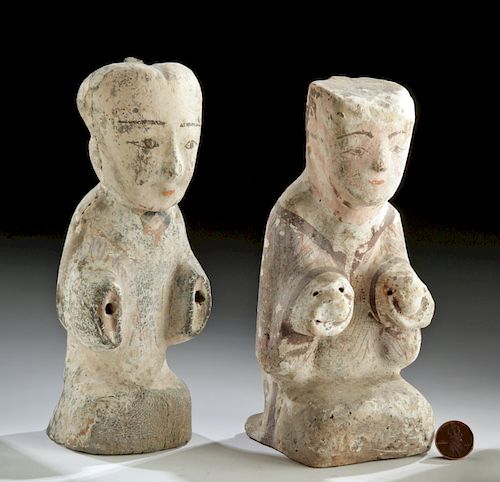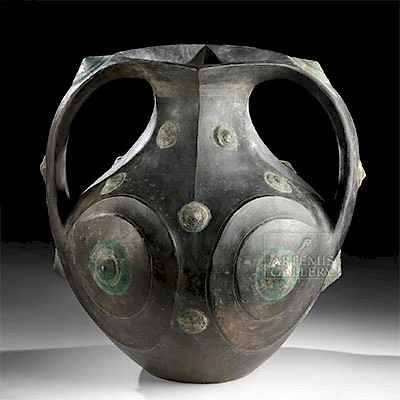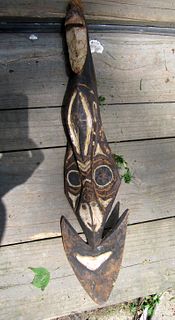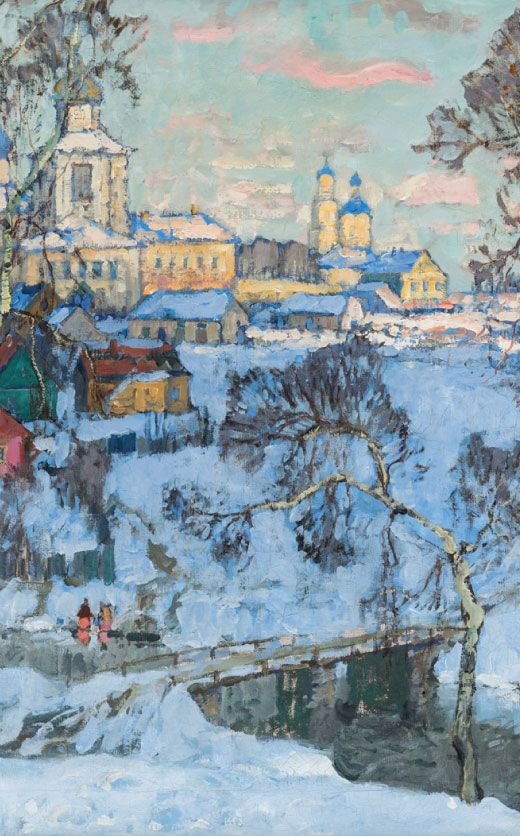Lot of 2 Chinese Han Dynasty Pottery Female Attendants
Lot 108
About Seller
Artemis Fine Arts
686 S Taylor Ave, Ste 106
Louisville, CO 80027
United States
Selling antiquities, ancient and ethnographic art online since 1993, Artemis Gallery specializes in Classical Antiquities (Egyptian, Greek, Roman, Near Eastern), Asian, Pre-Columbian, African / Tribal / Oceanographic art. Our extensive inventory includes pottery, stone, metal, wood, glass and textil...Read more
Categories
Estimate:
$1,000 - $1,500
Absentee vs Live bid
Two ways to bid:
- Leave a max absentee bid and the platform will bid on your behalf up to your maximum bid during the live auction.
- Bid live during the auction and your bids will be submitted real-time to the auctioneer.
Bid Increments
| Price | Bid Increment |
|---|---|
| $0 | $25 |
| $300 | $50 |
| $1,000 | $100 |
| $2,000 | $250 |
| $5,000 | $500 |
| $10,000 | $1,000 |
| $20,000 | $2,500 |
| $50,000 | $5,000 |
| $100,000 | $10,000 |
| $200,000 | $20,000 |
About Auction
By Artemis Fine Arts
Jul 11, 2019
Set Reminder
2019-07-11 10:00:00
2019-07-11 10:00:00
America/New_York
Bidsquare
Bidsquare : Ancient / Ethnographic / Americana
https://www.bidsquare.com/auctions/artemis-gallery/ancient-ethnographic-americana-4246
Discover ancient art from Egypt, Greece, Italy, and the Near East, as well as Asian, Pre-Columbian, Tribal, Fossils and Fine Art. Also featuring a wonderful collection from a prominent New York estate whose owners reside in the Van Wyck family's historic Lloyd Harbor waterfront home. Artemis Fine Arts info@artemisfinearts.com
Discover ancient art from Egypt, Greece, Italy, and the Near East, as well as Asian, Pre-Columbian, Tribal, Fossils and Fine Art. Also featuring a wonderful collection from a prominent New York estate whose owners reside in the Van Wyck family's historic Lloyd Harbor waterfront home. Artemis Fine Arts info@artemisfinearts.com
- Lot Description
East Asia, China, Han Dynasty, ca. 206 BCE to 220 CE. A pair of female royal attendants, both mold-made and painted/glazed pottery tomb figures, of a type known as a mingqi, or "spirit utensil" created to care for a deceased individual of high status in the tomb. The figures kneel in flowing garments - that show traces of beautiful red, white, and grey geometric patterns - and present tranquil visages topped with neatly manicured coiffures. Han Dynasty elites had underground tombs full of pottery figures that were made to meet their every need in the afterlife. Size: 2.5" L x 2.625" W x 7.25" H (6.4 cm x 6.7 cm x 18.4 cm)
The Han Dynasty was a period of wealth and stability for China, and the burial places of their rulers reflected this prosperity; inside of burial mounds, hundreds and sometimes thousands of miniature figures were placed, recreating the daily life of the Emperor's court or a noble person's world. The creation of all these pottery figures was a prolific industry, and the remains of workshops have also been found near the burial mounds.
Provenance: private Hawaii, USA collection
All items legal to buy/sell under U.S. Statute covering cultural patrimony Code 2600, CHAPTER 14, and are guaranteed to be as described or your money back.
A Certificate of Authenticity will accompany all winning bids.
We ship worldwide and handle all shipping in-house for your convenience.
#141257Figures are missing hands. Expected surface wear commensurate with age with scuffs/nicks and pigment losses as shown. Mineral and earthen deposits grace surfaces as well.Condition
- Shipping Info
-
All shipping is handled in-house for your convenience. Your invoice from Artemis Gallery will include shipping calculation instructions. If in doubt, please inquire BEFORE bidding for estimated shipping costs for individual items.
-
- Buyer's Premium



 EUR
EUR CAD
CAD AUD
AUD GBP
GBP MXN
MXN HKD
HKD CNY
CNY MYR
MYR SEK
SEK SGD
SGD CHF
CHF THB
THB















